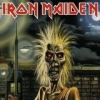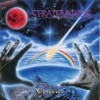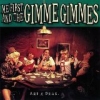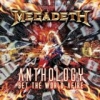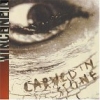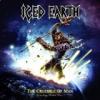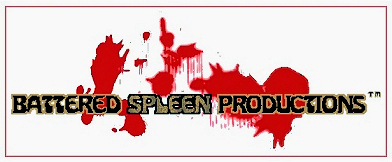Anatomy of a Horror Setting #3-3: Do You Feel Cyber, Punk?
An easy pairing for near future science fiction horror begins with the cyberpunk genre. Cyberpunk deals with technology that is more advanced than today and focused in two main directions. The Internet, computer software, and artificial intelligence play an important role. This is followed a close second by human augmentation that is commonly in the form of cybernetics, and military hardware. The technological level of sophistication depends on how many years in the future the story takes place. Another factor common to the genre is that most settings involve massive, global corporations that control just about everything between them, even the governments that are supposed to be running the world’s countries. These companies are great motivators of plot in the stories.
The protagonists in cyberpunk are the punk part of the equation. They battle against the monolithic corporations and work outside of the often-corrupt law. Keeping with the dark dystopian mood that permeates the genre these protagonists are not always the most moral of characters. To the common people they are indistinguishable from the criminal element. The heroes of the setting are aware of the true nature of their society and unwilling to leave things the way that they are. They end up fighting, incapacitating, and often killing people in authority even as they do the antagonists. They steal information Robin-hood style. It is not uncommon for them to work with and for criminals, and tread the fine line between doing what they’re paid for and what is right.
Horror is as natural a fit with cyberpunk as it is with modern settings, in some ways perhaps more so. The powerful cyborgs, the futuristic weapons, the surveillance society, and the great scientific achievements all make for a world--human emotions and intentions aside--that is strongly grounded in reality, practical, and logical. The power available to even a single person with the right connections lends to a sense of security unfelt any time before. What better place and milieu is there to shatter with the illogical, the incomprehensible, and the supernatural? Powerful technologies versus the supernatural have a long history hearkening back to the spectacular but ineffective lightning cannons in the Gojira movies. Cyberpunk brings this to the more intimate, personal, horror level.
Mood: roguish.
Music: Wilderness by Brian May and Pork and Beans by Weezer.
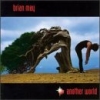 | Buy these at Amazon.ca Click Images to Buy | 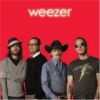 |
Labels: cyberpunk, genre, horror, science, science fiction, society, surveillance, technology

